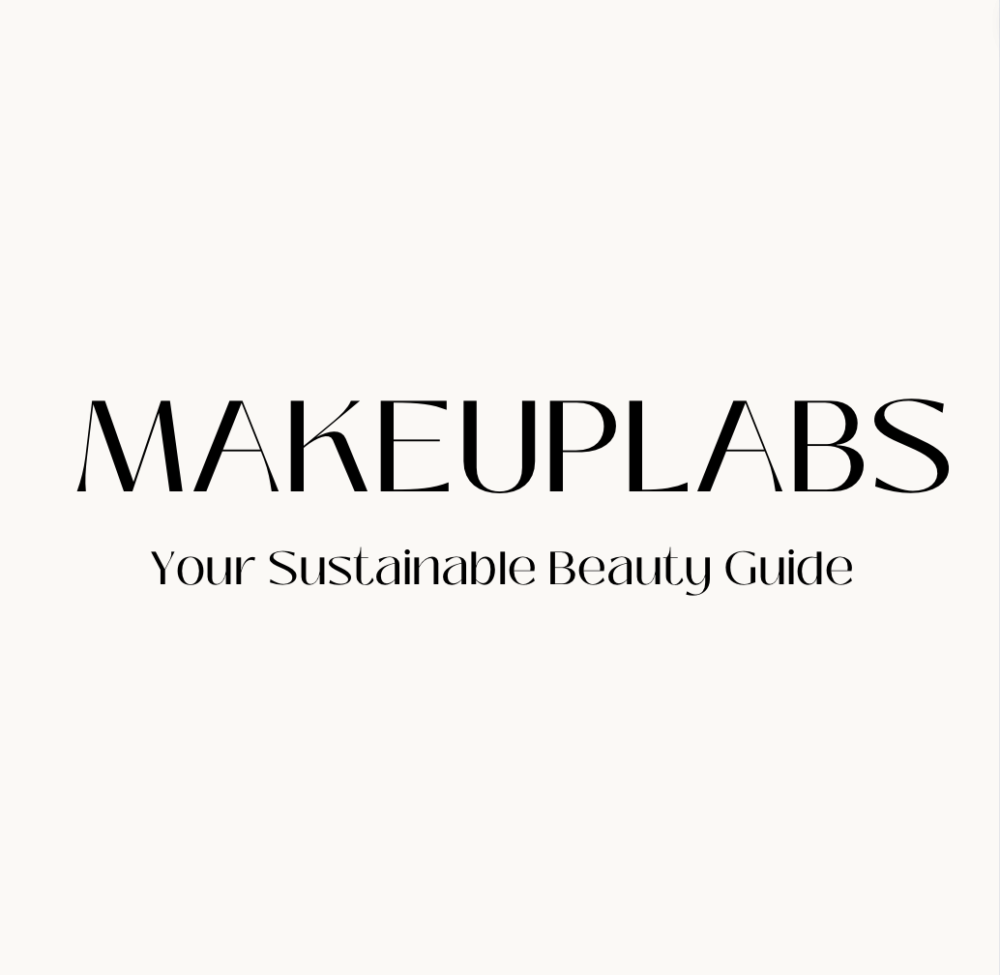
Green Makeup Products vs. Carbon Footprint: A Sustainable Beauty Choice
As the world becomes more environmentally conscious, individuals are seeking ways to make sustainable choices in all aspects of their lives, including the beauty industry. With the growing popularity of green makeup products, consumers have the opportunity to make a positive impact on the environment while looking and feeling beautiful. In this blog, we will explore the relationship between green makeup products and their carbon footprint. We will delve into the ways in which these products contribute to a more sustainable beauty routine and the positive impact they can have on the environment. The beauty industry, like many other sectors, has a significant carbon footprint that encompasses various stages of product development and distribution. From sourcing raw materials to manufacturing, packaging, transportation, product use, and disposal, each step contributes to greenhouse gas emissions and environmental degradation. The extraction of natural resources, energy consumption, waste generation, and the use of non-renewable materials all contribute to the industry’s carbon footprint. Green makeup products are specifically formulated with a focus on sustainability and reducing their carbon footprint. These products prioritize eco-friendly practices throughout their lifecycle, from sourcing ingredients to manufacturing, packaging, and even post-consumer disposal. By choosing green makeup products, consumers can actively contribute to a more sustainable beauty routine. Let’s explore the ways in which green makeup products make a positive impact:- Responsible Ingredient Sourcing: Green makeup brands prioritize using natural, organic, and sustainably sourced ingredients. They aim to reduce the environmental impact associated with the extraction and cultivation of raw materials. By partnering with ethical suppliers who prioritize fair trade practices and sustainable farming methods, these brands contribute to the preservation of ecosystems and biodiversity.
- Eco-Friendly Manufacturing: Green makeup brands employ sustainable manufacturing practices to minimize energy consumption, water usage, and waste generation. They invest in renewable energy sources, implement efficient production processes, and use technologies that reduce carbon emissions. By adopting these practices, they strive to create products with a lower carbon footprint compared to conventional cosmetics. Consumers can feel confident that the makeup they choose is produced with the environment in mind.
- Packaging Innovation: Green makeup brands prioritize sustainable packaging solutions to minimize waste and reduce the carbon footprint associated with packaging production and disposal. They opt for recyclable, biodegradable, or compostable materials and minimize the use of excess packaging. Some brands even offer refillable options to promote a circular economy and reduce plastic waste. By supporting these brands, consumers actively participate in reducing environmental impact and promoting sustainable packaging practices.
- Cruelty-Free and Vegan Formulations: Many green makeup products are certified cruelty-free and vegan, meaning they are not tested on animals and do not contain any animal-derived ingredients. By supporting these products, consumers contribute to a more ethical and compassionate beauty industry, reducing harm to animals and minimizing the environmental impact associated with animal agriculture. Choosing cruelty-free and vegan options aligns with the values of conscious consumers who prioritize the well-being of animals and the environment.
- Consumer Education and Empowerment: Green makeup brands prioritize transparency and educate consumers about the environmental and social aspects of their products. They provide information about their carbon footprint, ingredient sourcing practices, and sustainable initiatives, allowing consumers to make informed choices. This transparency fosters a sense of trust and enables individuals to align their beauty routines with their values. By supporting brands that prioritize transparency and sustainability, consumers contribute to a more accountable and responsible beauty industry.







